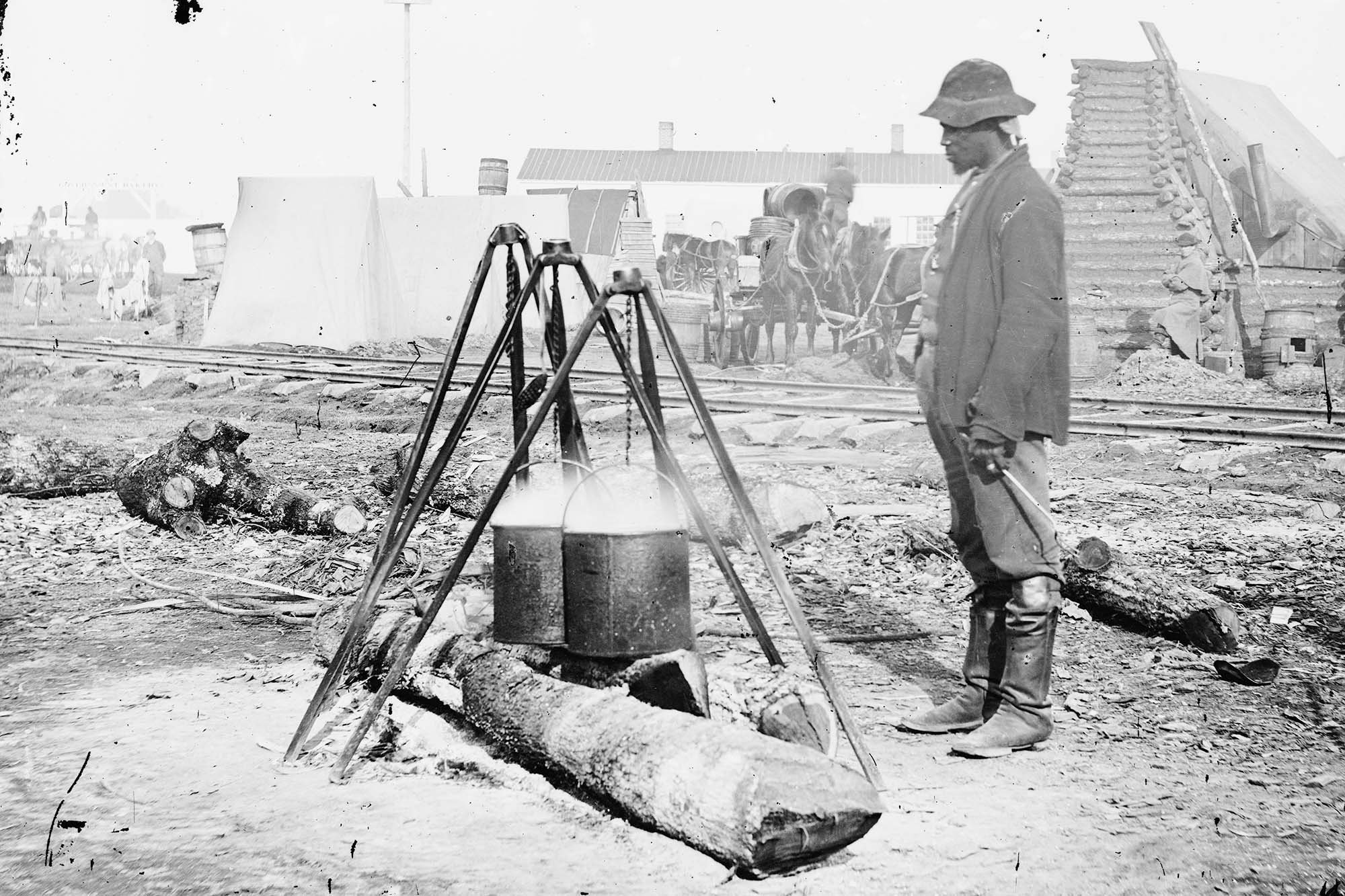
The Enslaved at Weston
A Statement from Historic Hopewell Foundation
It is the endeavor of the Historic Hopewell Foundation (HHF) to interpret the history of the city of Hopewell and support its historic properties. In our effort to tell a more complete history, we recognize the need to broaden our focus at Weston Manor to include the stories of its enslaved community.
We have begun the process of researching this history and updating our interpretive narrative and educational programming to incorporate the lives and contributions of the enslaved African and African-Americans. Through their skilled labor and artistry, these individuals and families were essential to the success of Weston and Colonial America.
HHF seeks to be relevant in our service to the greater Hopewell Community by undertaking this important mission and welcome documentation and accounts of oral history from descendants of Weston’s enslaved. This will help us to interpret their lives with more respect, accuracy, and honesty, through the context of our small historic property. We look forward to a promising future for HHF, by partnering with the community in this process.
Historic Hopewell Foundation
Board of Trustees
Seeking Freedom Where the Rivers Meet:
Contrabands, Colored Troops and City Point
PAST EXHIBIT AT St. Denis Chapel
St. Denis Chapel, one of the two properties owned and maintained by the Historic Hopewell Foundation, was the site of an important exhibit about a little-told story of the American Civil War. “Contrabands” was the term used to describe slaves who escaped and sought freedom behind Union lines. The word, and the policy that created it, was first used by General Benjamin Butler, the Union commander at Fort Monroe, Virginia, in May of 1861 when 3 men came requesting sanctuary. These men, Shepard Mallory, Frank Baker, and James Townsend, indicated their master was taking them to join the Confederate army in North Carolina. Their owner, Colonel Charles Mallory, insisted that they be returned to him under the Fugitive Slave Act of 1850. Butler refused. He called the slaves “contrabands of war,” property of the enemy that could be confiscated by the Union army.
Historic Hopewell Foundation’s former exhibit at St. Denis Chapel told the story of those African American individuals who came to City Point to become contrabands and then supporters of the Union cause by working for the Union army either as paid employees or as soldiers.
During the course of the war over 200,000 contrabands and freedmen – men, women, and children – worked for the Union army as laborers, teamsters, grooms, cooks, carpenters, nurses, and laundresses. They also provided their services as scouts, spies, and river pilots. Certainly, all of these jobs were undertaken at City Point. Sometimes they were paid wages but often they worked for living quarters and food. The conditions were often difficult and they continued to face racial prejudice. However, City Point provided the opportunity to escape slavery and to begin to create new lives for themselves and their families.
“I am proud of the efforts of the HHF to tell this story,” said HHF former vice president Steve Benham. “The story of Hopewell covers many generations and involves people of every race and color. We want current and future generations of Hopewell citizens to look to HHF as the guardian of historic accuracy and the grand stage for revealing all that Hopewell was and is to be.”
Weston Manor was part of a plantation that encompassed over 400 acres. Crops included tobacco, corn, and wheat. The following is a listing of enslaved individuals living and working at Weston in the 1800s. - Source: Virginia Museum of History and Culture.







